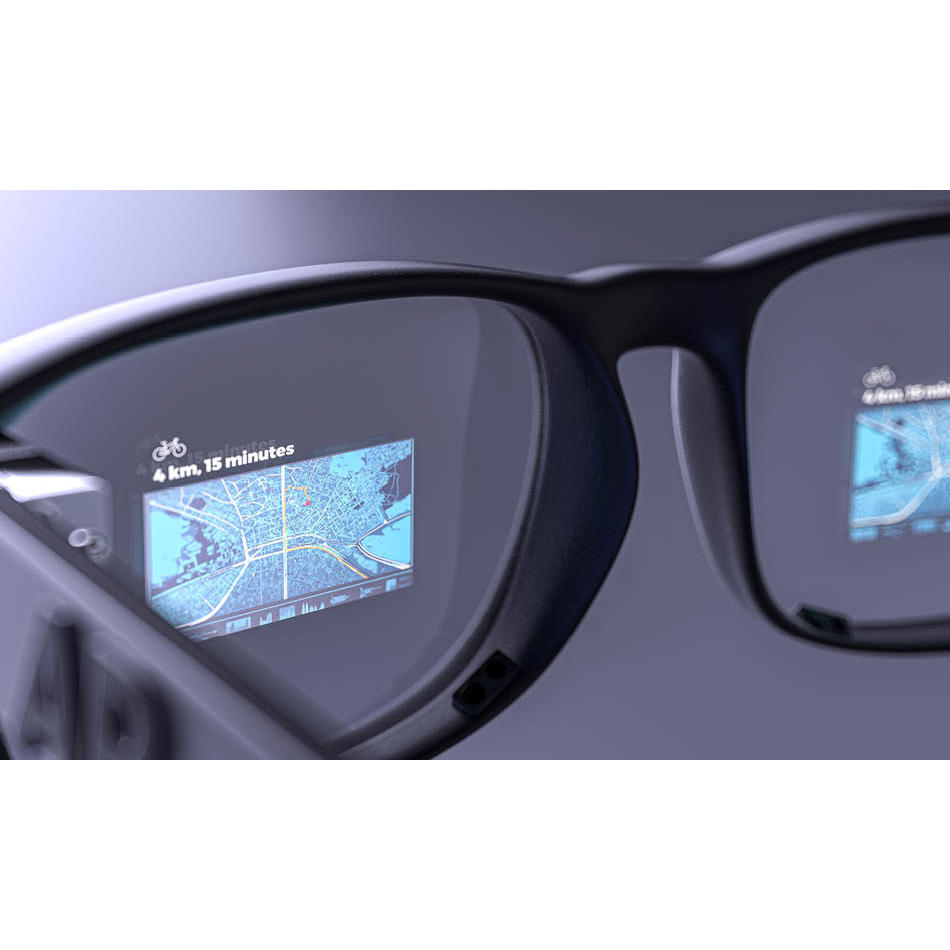Disaggregated Networks for a Data-Driven World
From optics to electronics, Coherent continues to deliver networking innovations as we enter the age of AI.
December 06, 2023 by Coherent

In our data-driven world, the only constant seems to be more. More data. More data types. More bandwidth. More speed. More demand on the network. The explosive interest in generative AI, for example, is now adding to the tsunami of data demands that has flooded networks ever since the advent of the Internet and the introduction of the iPhone. And there’s still room for expansion — in fact, 3.6B people around the world still don’t have Internet connectivity.
An approach to streamlining network processing, disaggregated networks refer to an architecture in which the various hardware components and software functions of a traditional network infrastructure are separated or disaggregated into distinct, interchangeable, and interoperable components. This is in sharp contrast to traditional networking setups where proprietary, integrated systems from a single vendor are typically used for routing, switching, and other network functions.

Disaggregated networks started for intra-datacenter connections. Now they are being adopted for datacenter interconnect (DCI) and some telecom uses.
A Short History of Disaggregated Networks
Disaggregated networks aren’t new. Triggered by the rapid growth in social media, online retail growth, and streaming services, intra-datacenter networks were developed as a solution to the explosion of data. These networks handled massive amounts of data that required corresponding investments in equipment, space, energy, and personnel. The overarching considerations for datacenter stakeholders were minimizing costs and risks. Disaggregated networks delivered these advantages and more.
Emerging hyperscalers were next to favor the disaggregated approach, leveraging on merchant silicon, open SW, and pluggable transceivers.
Today, longer-reach applications — for example, telecom and datacenter interconnects — are now looking to use the disaggregated approach to realize the same benefits long-enjoyed in the datacenter world.
The 10 Benefits of Disaggregated Networks
Disaggregated networks offer a number of advantages; the exact mix and emphasis depends on the type and size of your network.
- Lower equipment costs. When you’re not locked into a single vendor, you can choose components – switches, routers, transceivers, line systems, etc. – based on performance and price.
- Lower operating costs. More efficient systems with less black boxes consume less energy and require less cooling.
- Faster time-to-market. Sourcing components from multiple vendors avoids single-vendor supply chain bottlenecks.
- Better performance. Choose “best in class” for all the components and the software. (Many software vendors now offer agnostic Network Operating System (NOS) products that will work on a variety of hardware platforms. Operating as a software-defined network, SDN, control is via an open Application Programmable Interface (API).
- Optimized equipment costs. Avoid buying bundled features and options that aren’t relevant for your business. Avoid redundancy and build or upgrade the network with only the features you need.
- Reduced system failures. A network built from diverse best-in-class components is more robust and resilient.
- Better security. As new threats emerge, it’s easier and faster to apply the best fix to an open architecture system where there are no compatibility challenges.
- Faster repairs. Correcting faults, errors, and failures no longer requires waiting for expert help from the sole vendor.
- Cheaper sparing. With interchangeable “mix-and-match” agnostic components, you can maintain a smaller inventory of spare parts and still achieve the same uptime.
- Lifecycle independence. When you’re not captive to a single vendor, the impact of vendor product life cycles is dissipated.
That’s a lot of potential advantages by any measure, with the exact mix of realized benefits depending on your particular network needs, geographical details, and other factors. But the bottom line is disaggregated networks give you lower CapEx, lower OpEx, and better value.
How Coherent supports disaggregated networks
Disaggregated network operators and vendors are working with an ever-increasing granularity not only at the SW level, but also in terms of hardware, highlighted by interoperability at the optical layer and application modules that provide high configurability.
An innovation powerhouse for decades, Coherent offers a unique combination of technological expertise and unmatched vertical integration. We make everything from raw materials to devices to sub-systems. And with manufacturing facilities on multiple continents, we also mitigate supply chain risks.
The two main areas where we are delivering innovative solutions to support an expanded range of disaggregated networks is in pluggable modules – transceivers and now pluggable optical line systems (POLS) — that provide the transmission and transport functions, enhanced by monitoring capabilities, critical to supporting these networks.
Powerful Coherent Pluggable Optical Line Systems (or POLS)
One of our newest and most interesting products in the transport space is the pluggable optical line system.
The introduction of IP over DWDM (IPoDWDM), approach using coherent transceivers has increased demand for these compact, efficient solutions that combine and amplify these signals. In a traditional DWDM system, Mux/DeMux and amplification at the Transmitter and at the Receiver side of the link are managed by dedicated Optical Line Systems that can be bulky pizza boxes or line-cards within a rack, depending on the specific equipment used. Our POLS is the answer to revolutionize this traditional approach.
Our POLS offering delivers a solution that enables the amplifier to be plugged directly into a transceiver slot on a network switch or router. And when combined with our passive optical multiplexing cable, our POLS serves the dual function of multiplexing the optical wavelengths from the various transmission channels and then amplifying (Booster) them onto the network on one side and, on the other edge of the link, to amplify (Pre-Amp) and demultiplex the signals themselves before reaching the receiver side of the transceivers.

POLS delivers a simple, pluggable solution for 8-channel DWDM
The POLS, which was optimized for 400ZR channels, actually consists of a pluggable dual amplifier module (available in both OSFP and QSFP form factor) that integrates two EDFAs (i.e., both PA and BA) and an 8-channel external mux/demux passive cable. And just like that, you have plug & play fully autonomous operation.
POLS is also a smart solution that provides autoconfiguration. Having configurable components is obviously an important advantage for disaggregated networks but it can be a double-edged sword because manual configuration limits workforce productivity and can lead to errors.
Instead, POLS is able to find autonomously the right settings to optimize the output power and profile, to promptly adapt to input changes (the number of input channels) or to line changes (a longer span, for instance). Moreover, it takes care of the laser safety: the internal amplifiers are not switched on if the fiber link is not closed and they are turned off if the fiber is disconnected.
With a CMIS interface, you can now directly plug the POLS into an existing router/switch. It’s an ideal plug-and-play solution for datacenter interconnects requiring 8-channels for point-to-point spans up to 120 km, able to make coherent DWDM installation as easy as any other grey-optics in a data center.
The Future Is Disaggregated
Looking further into the future, agnostic components will be even more important as long-reach (ZR+) network applications invest more in coherent communication. It’s in the early days here and no-one knows for sure yet what forms and protocols will turn out to be market winners. But our innovation and technical depth will enable development of an agile portfolio that will support future formats and protocols.
Coherent supports an incredibly diverse range of applications and industries, from networking to display manufacturing, medical device manufacturing, and many more. We see that a common challenge across all these markets is choosing the right level of integration. A disaggregated network is a prime example of this where many DCI and telecom stakeholders are now choosing it’s a better overall option over proprietary integrated systems.
Read more about our how Coherent is powering innovation in artificial intelligence and machine learning for next-generation datacenters.


